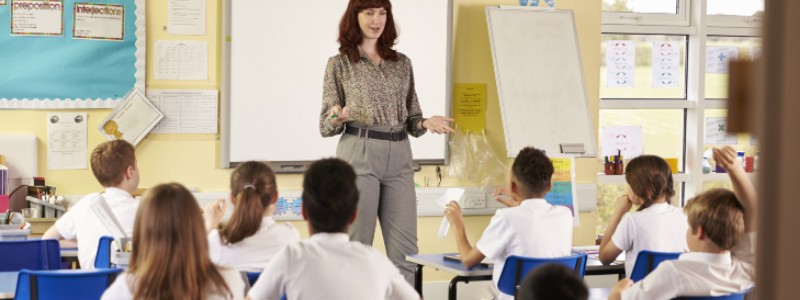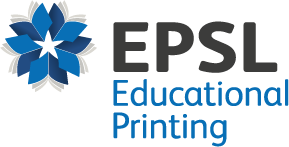Exactly which ones prove most effective, of course, will depend heavily on the nature of your class, and your preferred style of teaching, so ultimately the ones you choose will come down to a matter of personal choice. We’ll let you make the final decision - but in the meantime, here are a few general tips for getting started. We think you’ll find them useful!
Ask lots of questions
You don’t need a tonne of teacher training to know that students are more engaged by a fellow human being asking them a direct question than they are by simply looking at that same question posed on a whiteboard. It’s a good idea to keep your lesson active by weaving direct questions into your lesson plan, especially if parts of your lesson call for potentially in-depth explanations.
By turning these in-depth explanations into questions, it turns your students from being passive to active, as they’ll be drawing upon their own knowledge and critical thinking. Don’t forget, in the majority of cases it’s likely that they’ll already know the answer to what you’re asking. And of course, make sure to ask open questions whenever possible, rather than yes or no ones. The latter don’t require nearly the same level of attention from your students, especially since they could simply guess the answer.
Switch up your seating plans
Established seating plans can sometimes save you a bit of time, but they can equally pose obstacles for learning. Students who are always surrounded by the same people can start falling into the same patterns of thinking and problem solving, especially if they’re sat near their friends, or if a group of students have the same skills and proclivities for certain subjects.
To avoid this, don’t be afraid to mix up your seating plan on a semi-regular basis. It’s worth carefully considering this in advance, so that you can pair stronger learners with weaker ones, or get students with a good mix of skills in every general area of the classroom. It can also help your students get exposed to different perspectives, opinions, and strengths - all of which can be better for their learning, as well as helping them to get more actively engaged in the work you’re setting for them.

Give a good mix of feedback
Feedback isn’t necessarily warmly anticipated by every student (true for children and adults like!), as many associate it with negative comments and criticism. If they perceive that they’re receiving too much negative feedback, it can make them less confident and more withdrawn, which can affect their engagement and learning.
To avoid this, try and balance your feedback whenever you can. As well as giving examples of what your class - or individual students - could improve upon, take care to highlight anything that they’ve achieved successfully, especially if they’ve exceeded expectations. That can drive them (individually and collectively) to be more confident, and as we all know, one of the most crucial parts of learning is having the confidence to make mistakes.
Gamification
Gamification might be a relatively new word, but far from a new concept. Delivering information in the form of a game is one of the single most effective ways that you can help your students learn, especially with subject matter that they might be finding particularly difficult or challenging. Spinning the information into a quiz is one of the simplest and most popular types of gamification, but far from the only one. Building or creating structures or sculptures can help communicate complex ideas using a visual medium, while encouraging your children to express their creativity as well. Role play exercises are another useful vehicle, especially if your class is noticeably exuberant and outgoing.
Make your aims visible
This is an excellent daily habit to strike up, as it can help foster a long-term sense of progression in your students. Before you officially begin each lesson, it’s worth taking the time to draw up the lesson objectives on your board, and then tick off each one as you go. It’s a very effective way of helping your students to feel a sense of achievement and personal growth, which in turn can ensure that they’re more engaged in the lesson and subject matter.
Similarly, regular one-to-one tutorials with action plans can be a great way to motivate students, particularly if they may otherwise find it hard to measure their progress. This is where tools like reading records can come in handy, clearly demonstrating the level and speed of progression that the student has achieved, so that it’s clearly visible to parents, teachers, and of course the student themselves. Other strategies like prominent star charts and effort charts are equally effective methods, for many of the same reasons.
As we’ve touched on above though, ultimately the strategy you use is up to you. Here at EPSL though, you can count on us to have all the tools you need to put it into action. Get your lessons kickstarted with our suggestions for 4 easy writing activities for Key Stage 1 children, or take a look through our personalised exercise books and educational books and resources. With more than 40 years of experience behind us at EPSL, we’re top of the class when it comes to producing resources and learning solutions for schools. If you’ve got any questions, you can count on us to provide answers in as much or as little detail as you need. Feel free to give us a call on 01254 686 500!









